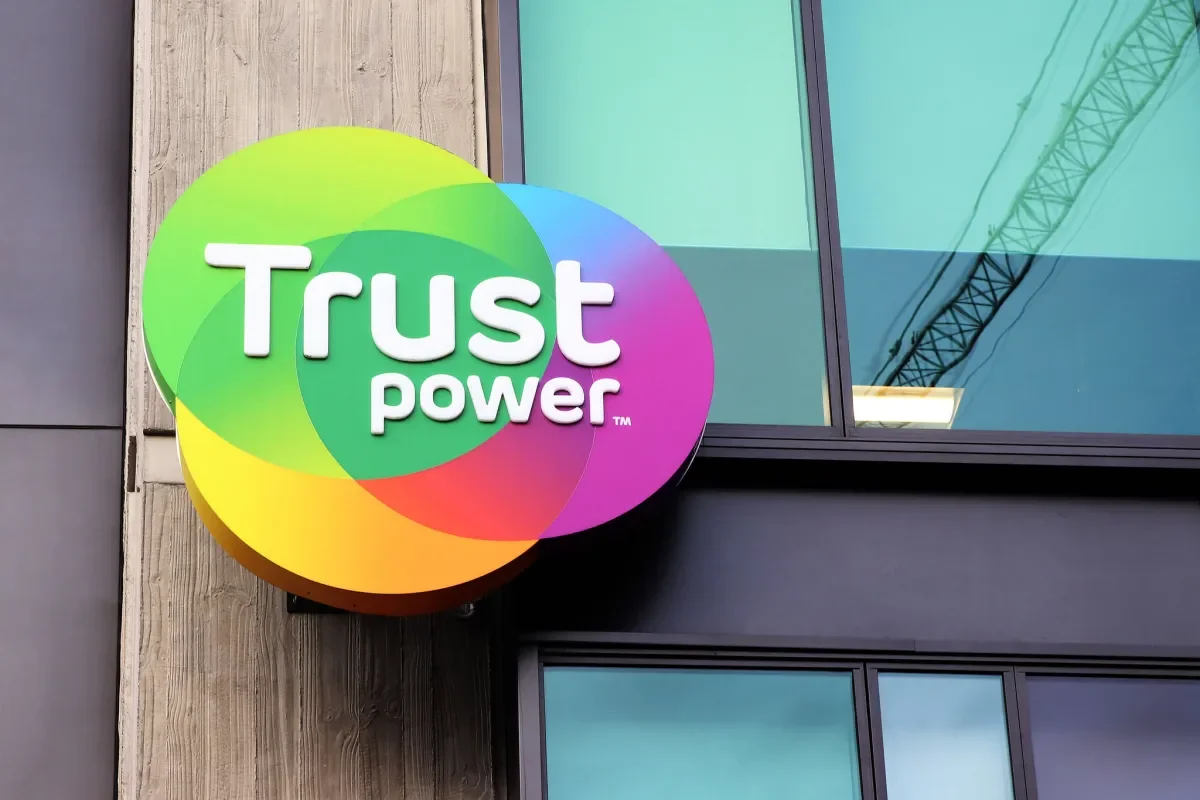Showing you the way forward
Strategy Insights Plans
Headlight is a boutique
business strategy company
We can help you…
Grow
Create value
Make your brand more competitive
Gain insight on what is really going on
Influence customer behaviour
Plan your business with confidence
Solve tough marketing problems
Work we’re proud of
-

Goodman Fielder
Goodman Fielder is New Zealand’s biggest food manufacturer with an extensive range of household staples in dairy, bread and groceries.
Headlight has helped GF out with it marketing programme management as well as positioning strategy for several of its key brands.
-

Hancocks
Wine is great to drink but annoying to buy. To help address this Headlight carried out a major customer experience and segmentation project for Hancocks.
The project presented innovations that Hancocks could take into different channels including wine stores, supermarkets and restaurants and bars.
-

My Health for Life
My Health for Life is a Queensland state-funded Health & Wellbeing programme.
Headlight created a segmentation model based on people’s relationship with their health. This has guided the evolution of My Health for Life’s marketing programme and customer experience design.
-

Morrow Sodali
Headlight developed a global brand strategy for consulting firm Morrow Sodali.
This helped the company integrate the identity and skillsets of several companies that has been acquired into one entity based on a distinctive value proposition.
-

Fonterra Nutiani
This work helped Fonterra position their wellbeing Product-as-a-Service brand Nutiani.
It creating a clear point of difference from Fonterra’s existing pure ingredients brand NZMP., and provided a model for how to present Nutiani’s offering and product options to different customer segments.
-

Pallet Earth
Headlight developed the brand name and strategy for Pallet Earth, a disrupter in the shipping pallet market.
The Pallet Earth product is sustainable and traceable and ‘intelligent’.
The strategy focused on repositioning traditional (but still dominant) wooden pallets as having had their time. Pallet Earth was positioned as a visionary new generation challenger.
-

Kiwi Wealth
An insights programme that explored all aspects consumer money management, responsible investing, what wealth means, and the behavioural economics of money.
This guided Kiwi Wealth’s promotion, customer engagement and new product development.
-

Musashi
Headlight created a brand and communications and consumer activation strategy for sports supplement brand Musashi.
-

Greater Wellington Regional Council
Headlight designed a segmentation model for the Wellington region based on people’s relationship with the environment.
This helped GW become more customer-centred and has guided both communication strategy and public engagement with council infrastructure projects.
-

Eke Panuku Development Auckland
Headlight designed an urban regeneration leadership strategy for Eke Panuku.
It has also developed destination branding options for Manukau based on an extensive community consultation process.
-

Central Region District Health Boards
This work was to design a behaviour change strategy to attract & retain more Māori in the health workforce.
It involved extensive consultation across 5 DHB regions and incorporated a Māori world view in the programme design.
-

Award Judging
Lew has been judging communications industry excellence awards for many years. This includes the New Zealand and APAC EFFIES (Advertising effectiveness), the Beacons (media effectiveness) and the Marketing Awards.
He was Convenor of judges for the NZ EFFIES for 5 years and the Beacons of 3 years.
-

Immigration New Zealand
Headlight designed an integrated behaviour change model that aligned the attraction of priority skilled migrants, with visa processing, and their successful settlement into New Zealand.
-

Ministry of Education
The Ministry was re-structuring into two new entities: Te Mahau (operational) and Te Tāhuhu O Te Mātauranga (policy).
Headlight assisted by developing a communications framework for how to apply the new organisational model to the Ministry’s complex array of stakeholders.
-
Ministry of Business, Immigration & Employment
Headlight’s work for MBIE includes a review and upgrade of the government RFP documentation process.
It also featured the design of a segmentation model of how businesses interact with government agencies. This model was used to generate a broad range of potential innovations for government-to-business relationships including the New Zealand Business Number.
-

Waterfront Auckland
Headlight designed a brand strategy for the Wynyard Quarter urban regeneration precinct. This included creating a comprehensive stakeholder engagement strategy.
-

Arvida
This work evaluated concepts for two new retirement villages including the appeal of serviced apartment living options.
Headlight was able to provide Arvida with a clear insights on customer decision drivers and how to refine their product concepts.
-

Rockshop
Headlight created a new brand strategy for musical instruments retailer Rockshop. This shifted the focus from a transactional product sales approach to a more custom-centred strategy based on the relationship that musicians have with their music.
-

Trustpower
This work involved a performance review of how Trustpower develops and delivers its sales & marketing campaigns.
It identified a raft of potential improvements for both effectiveness and process efficiency.
-

ANZ
Over several years Headlight helped ANZ with brand strategy, research and campaign development. This was both working on-house and with ANZ’s agencies.
-

University of Auckland
Headlight developed a marketing and brand development strategy, as well as a schools engagement strategy. This was based based on extensive internal consultation as well as research with students, parents and career advisors.
-

Worksafe
Headlight created an engagement strategy targeting the Chinese construction sector. This was based on research with Chinese construction companies as well as Worksafe inspectors.
-

Warner Construction
Warner Construction is a family steel fabrication based in Taranaki and Taupo.
Headlight created a brand platform based on the idea of “Made of Steel”. This idea reflects the steel craft quality, and resilience of their team culture.
-

Road Safety
Headlight has a lot of experience with behaviour change campaign development in road safety.
This includes work with The World Bank and other authorities in New Zealand, Oman, UAE, Argentina, India, and Tunisia.
-

Positively Wellington Tourism
Headlight worked on several projects for PWT including developing a strategy and in-market research for the Australian east coast.
-

Radio New Zealand
Headlight has worked with RNZ on campaign development and brand strategy work.
-

Land Rover
Headlight worked with Land Rover for many years on communication strategy, new model launches and customer experience.

